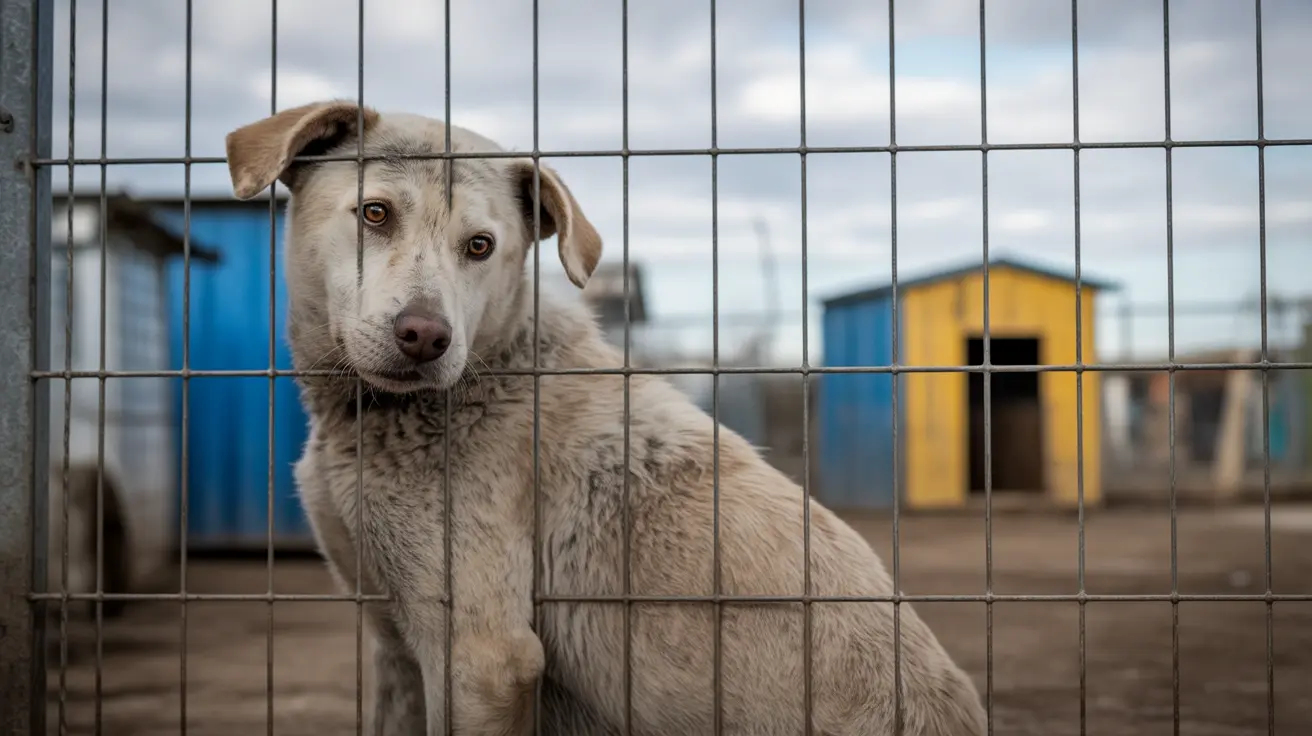Recognizing the Signs of Stress in Dogs
As pet parents, it's our responsibility to ensure our furry companions live healthy, happy lives. Dogs can experience stress and anxiety just like humans, and recognizing the signs early can prevent emotional and physical issues down the line. Early detection helps you provide your dog with the comfort and care they need before small issues escalate.
Why Understanding Dog Stress Is Important
Stress is a natural response to certain stimuli, but prolonged or intense stress in dogs can lead to behavioral problems and health complications. Knowing what to watch for ensures you can take timely action and improve your dog’s well-being.
Common Causes of Stress in Dogs
- Separation from owner
- Loud noises like thunder or fireworks
- New environments or changes in routine
- Fear or phobias
- Illness or pain
Each dog is different, and what stresses one might not affect another the same way. The key is knowing your dog’s normal behavior so you can spot any changes.
Physical Signs of Stress in Dogs
- Panting excessively even when not hot or after exercise
- Trembling or shaking
- Drooling more than usual
- Shedding excessively due to anxiety
- Changes in appetite such as eating less or refusing food
These physical signs often indicate your dog is under some form of stress. Frequent or severe display of these symptoms should prompt a visit to the vet.
Behavioral Signs of Stress in Dogs
- Destructive behavior like chewing furniture or digging
- Whining or barking more than usual
- Restlessness or inability to settle down
- Pacing or circling
- Escaping behaviors such as trying to run away
While some of these behaviors may occasionally occur in healthy pets, a consistent pattern could mean your dog is under significant stress.
Emotional and Psychological Stress Indicators
- Avoidance behaviors — hiding or avoiding eye contact
- Hypervigilance — always watching or on edge
- Sudden aggression toward other animals or people
- Increased clinginess or attachment to owner
These signs can be more subtle but are just as important to note. Stress can affect your dog’s personality and how they interact with people or other pets.
How to Help a Stressed Dog
Once you've recognized the signs, the next step is to reduce or eliminate the source of the stress.
- Provide a safe space: Give your dog a quiet, comfortable area where they can retreat and relax.
- Stick to a routine: Consistent meal times, walks, and bedtime help build a sense of security.
- Use calming products: Pheromone diffusers, anxiety wraps, or calming treats may help soothe a stressed dog.
- Exercise and engagement: Physical activity and mental stimulation release endorphins, which combat stress.
- Seek professional help: A vet or dog behaviorist may recommend supplements, training, or behavior modification strategies.
When to See a Vet
If your dog’s behavior or physical condition suddenly changes or if stress symptoms persist, it’s essential to consult with your veterinarian. Underlying medical issues can sometimes mimic or exacerbate signs of stress.
Conclusion
Understanding and recognizing the signs of stress in dogs is a vital part of responsible pet ownership. Whether it's subtle behavioral changes or obvious physical symptoms, being alert to your dog's needs will help you offer support and care when they need it most. By creating a stable, supportive environment and seeking help when needed, you ensure your dog lives a happier, healthier life.





